
Some dogs love the freedom of an open field—but for certain breeds, going off-leash can mean trouble. Whether it’s a strong prey drive, stubborn streak, or tendency to bolt, not every dog is built for off-leash adventures. Before unclipping the leash, here are eight dog breeds that should never be trusted to roam freely.
Not Always the Big or Bad Ones
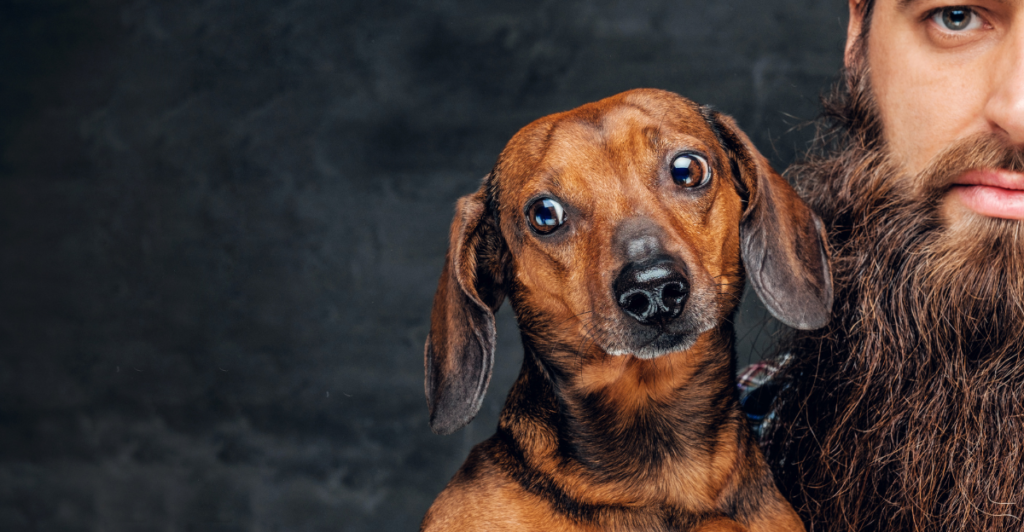
Dogs are beloved companions, but not all breeds are safe to roam off-leash. Most discussions focus on aggressive breeds, but off-leash risk comes in many forms, from bolting to guarding territory. Even small or clever dogs can pose dangers in open spaces. Breed instincts matter just as much as size or strength when determining a dog’s readiness for freedom.
1. Siberian Husky

Siberian Huskies are famously friendly, but their independence and prey drive make them poor off-leash candidates. Bred to run long distances, Huskies have an ingrained need to explore. They’re not ignoring commands, they’re hardwired to keep moving. This deep-seated wanderlust can override even the most consistent training, putting the dog in harm’s way in open areas.
Huskies and the Danger of Escape

Huskies are notorious escape artists. They’ll leap fences, dig under enclosures, and vanish at the first opportunity. Once loose, they can sprint into traffic or chase wildlife with zero recall. These dogs have appeared in numerous animal attack reports, not from malice, but sheer instinct. Leashes and secure spaces aren’t accessories for Huskies, they’re lifelines.
2. Chow Chow

Chow Chows look regal and calm, but they’re one of the least reliable breeds off-leash. Known for independence and stubbornness, they rarely look to owners for direction. When their focus shifts, they can ignore commands completely. These traits make open areas dangerous for a breed that was once used to guard ancient temples.
When Aloof Turns Aggressive
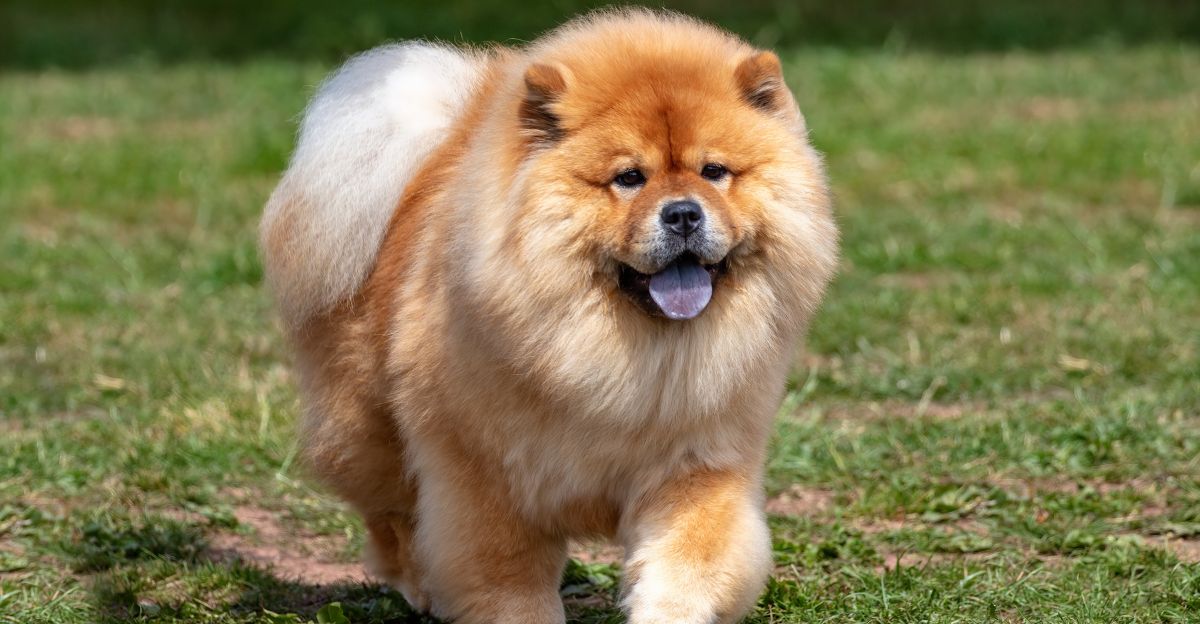
Chow Chows rank high in owner-directed aggression studies. Off-leash, they may see strangers or dogs as intruders and react defensively. Public parks and trails become risky settings. Even with training, their ingrained wariness makes recall a gamble. Experts strongly advise against letting them off-leash in uncontrolled areas, regardless of perceived obedience.
3. Border Collie

Border Collies top intelligence rankings, but brilliance doesn’t equal obedience. They were bred to work independently and control livestock. Off-leash, they may target runners, bikers, or kids, nipping or circling them out of instinct. They’re not trying to hurt anyone, but their herding drive doesn’t disappear in urban parks.
Overstimulated and Overwhelmed
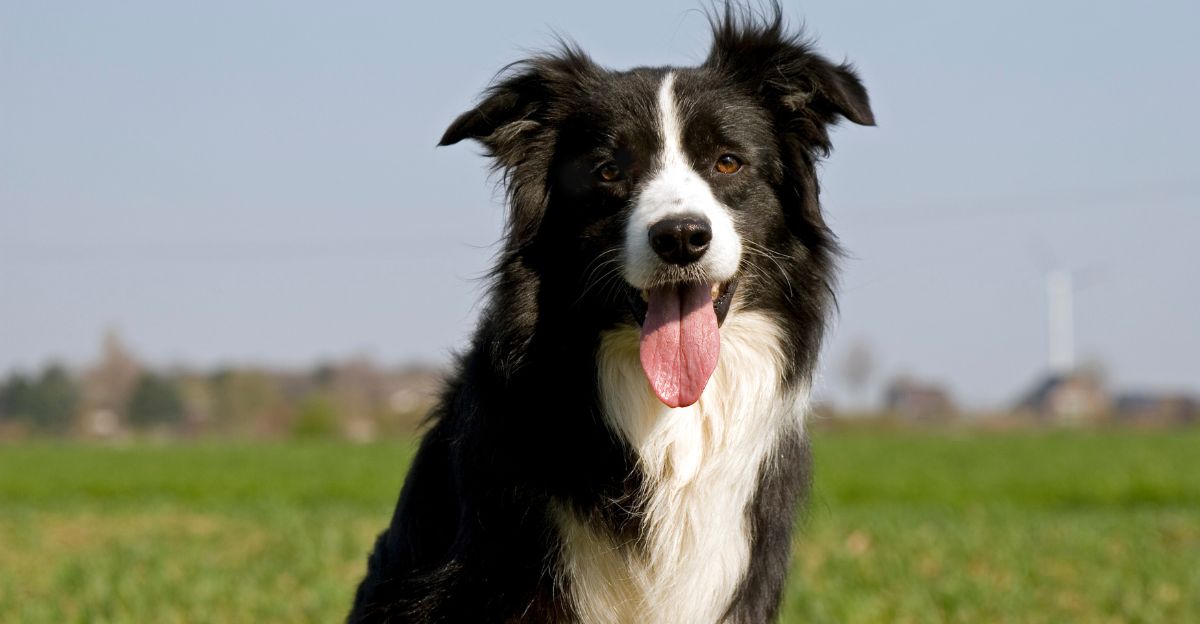
Collies crave mental stimulation. Without it, they can become anxious, reactive, or disobedient. Recall can fail if they feel something needs herding. While they perform flawlessly in structured agility settings, busy off-leash zones can overwhelm them. Their high energy and intense focus make freedom risky without constant supervision.
4. Chihuahua
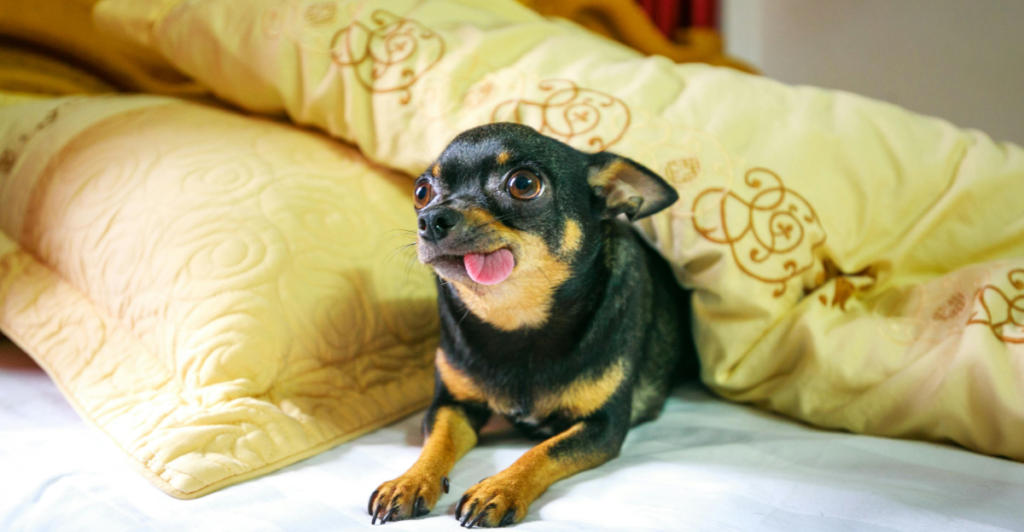
Weighing just 2 kg (4.4 lbs), Chihuahuas might seem harmless, but their confidence often outweighs their size. Studies show they’re among the most frequent biters, especially in homes with kids. Their aggressive outbursts often stem from fear or a need to assert control, even around much larger dogs.
Off-Leash Risks for Tiny Titans

Chihuahuas can act as if they’re ten times bigger, lunging at strangers, dogs, or wildlife. Off-leash, this boldness becomes dangerous. Their tiny bodies are vulnerable to traffic or retaliation from larger animals. Add their strong attachment to owners and their fear-based aggression, and the risks of injury or escalation climb quickly.
5. Wolf-Dog Hybrids

Wolf-dog hybrids may look majestic, but they’re unpredictable and challenging off-leash. Unlike typical dogs, they retain strong wild instincts—especially prey drive and territorial aggression. Even with socialization, they struggle with obedience and often don’t respond to standard commands in unpredictable environments.
Genetics Overrule Training

Behavior in wolf-dogs can vary wildly even within the same litter. Many lack a strong bond with humans, making recall weak at best. Off-leash, they may roam, hunt, or act aggressively. These hybrids require high-security fencing, specialized training, and near-constant supervision, not open runs in public spaces.
6. Afghan Hound
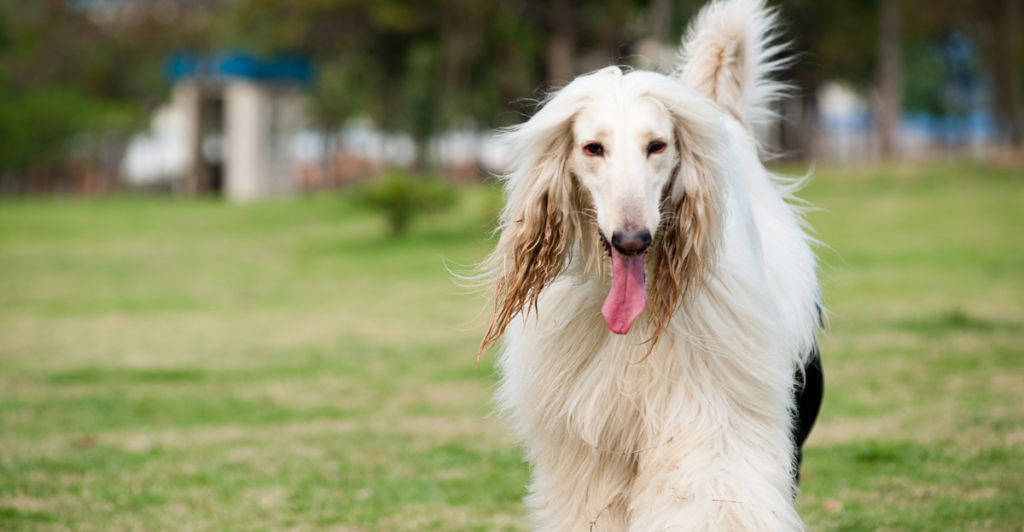
Afghan Hounds are graceful and striking, but also stubborn and fiercely independent. Originally bred to sprint through rough terrain chasing prey, they’re hardwired to run fast and far. Once they’re off, it’s nearly impossible to stop them. Their disinterest in pleasing humans makes them one of the hardest breeds to recall.
Speed and Silence Equal Danger
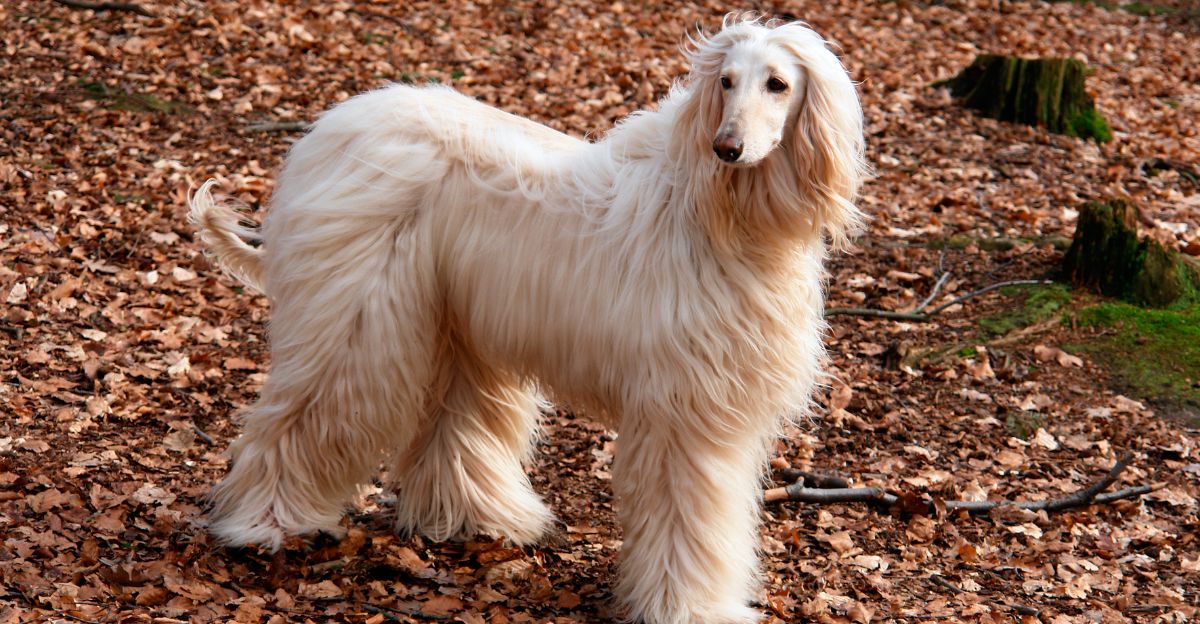
Afghans can reach 64 km/h (40 mph) and won’t look back. They’re not swayed by treats or praise, and their aloof nature makes off-leash freedom risky. Even seasoned trainers struggle to keep their attention. Without a fenced space, these beautiful sprinters become runaway missiles, triggered by every squirrel or bird.
7. American Bulldog
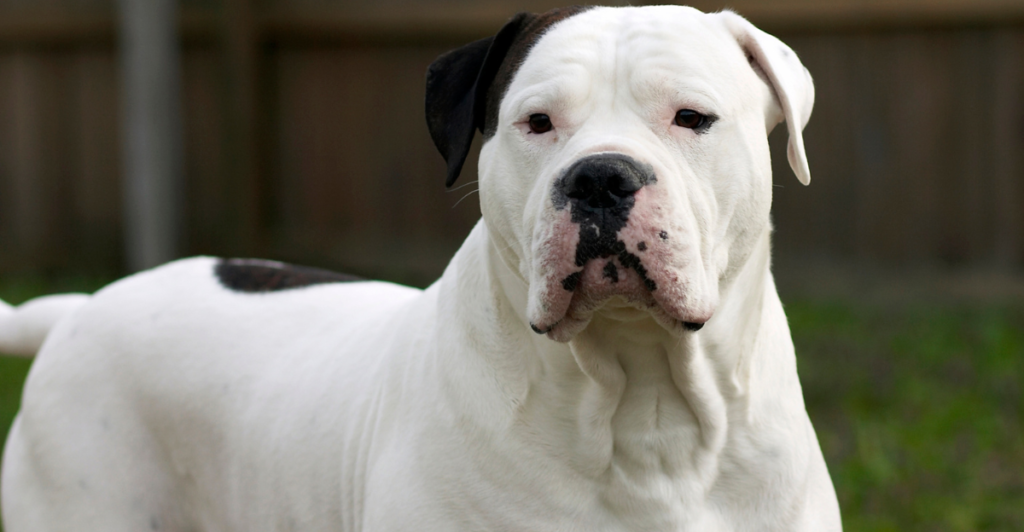
American Bulldogs are loyal and protective, but their strength and instincts can be hard to control off-leash. While often confused with Pit Bulls, they have distinct behavioral quirks. When unstructured or unsupervised, their protective nature can shift into defensiveness, especially around unfamiliar people or dogs.
American Bulldogs aren’t inherently aggressive, but poorly socialized or anxious ones can react quickly and forcefully. Off-leash, they might misinterpret friendly dogs or strangers as threats. Even in play, their size can cause accidents. For this breed, confident handling and leashes aren’t just recommended, they’re essential for safe public outings.
8. Collie
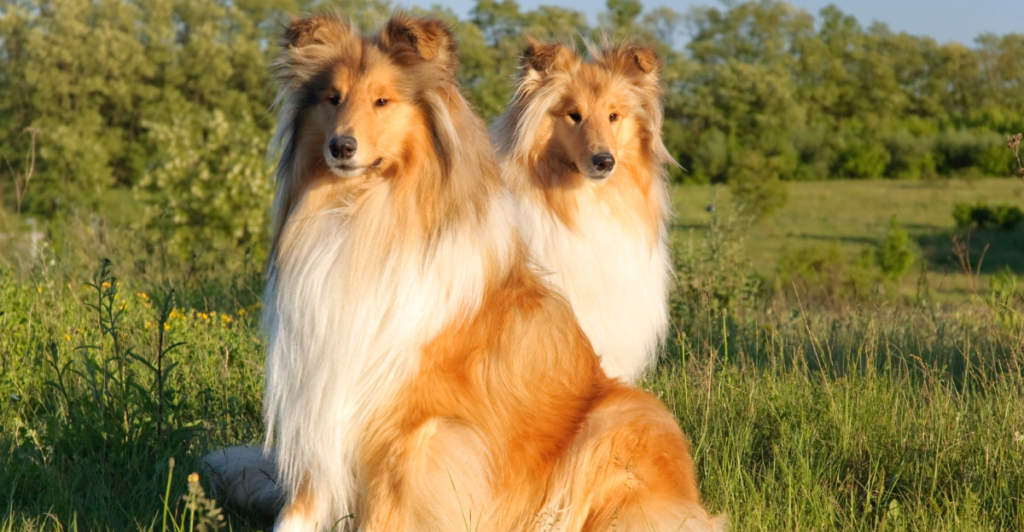
American Bulldogs aren’t inherently aggressive, but poorly socialized or anxious ones can react quickly and forcefully. Off-leash, they might misinterpret friendly dogs or strangers as threats. Even in play, their size can cause accidents. For this breed, confident handling and leashes aren’t just recommended, they’re essential for safe public outings.
Collies have a wholesome, family-friendly image, but they’re also herding dogs with strong instincts. They use barking, nipping, or chasing to control movement. Off-leash, this can cause problems around cyclists, joggers, or running children. Their urge to organize chaos can escalate into unpredictable behaviors in open environments.
Not All Dogs Are Off-Leash Material

Off-leash freedom is a dream for many dog owners—but it’s not a one-size-fits-all privilege. This list proves that even intelligent, loyal, or non-aggressive dogs can be poor candidates for off-leash activities due to unique breed traits. Whether it’s the wanderlust of a Husky, the aloofness of an Afghan Hound, or the surprising bite risk of a Chihuahua, every breed comes with quirks that impact safety. Leashes aren’t just tools—they’re safeguards against misinterpretation, injury, and loss.
Explore more of our trending stories and hit Follow to keep them coming to your feed!

Don’t miss out on more stories like this! Hit the Follow button at the top of this article to stay updated with the latest news. Share your thoughts in the comments—we’d love to hear from you!







